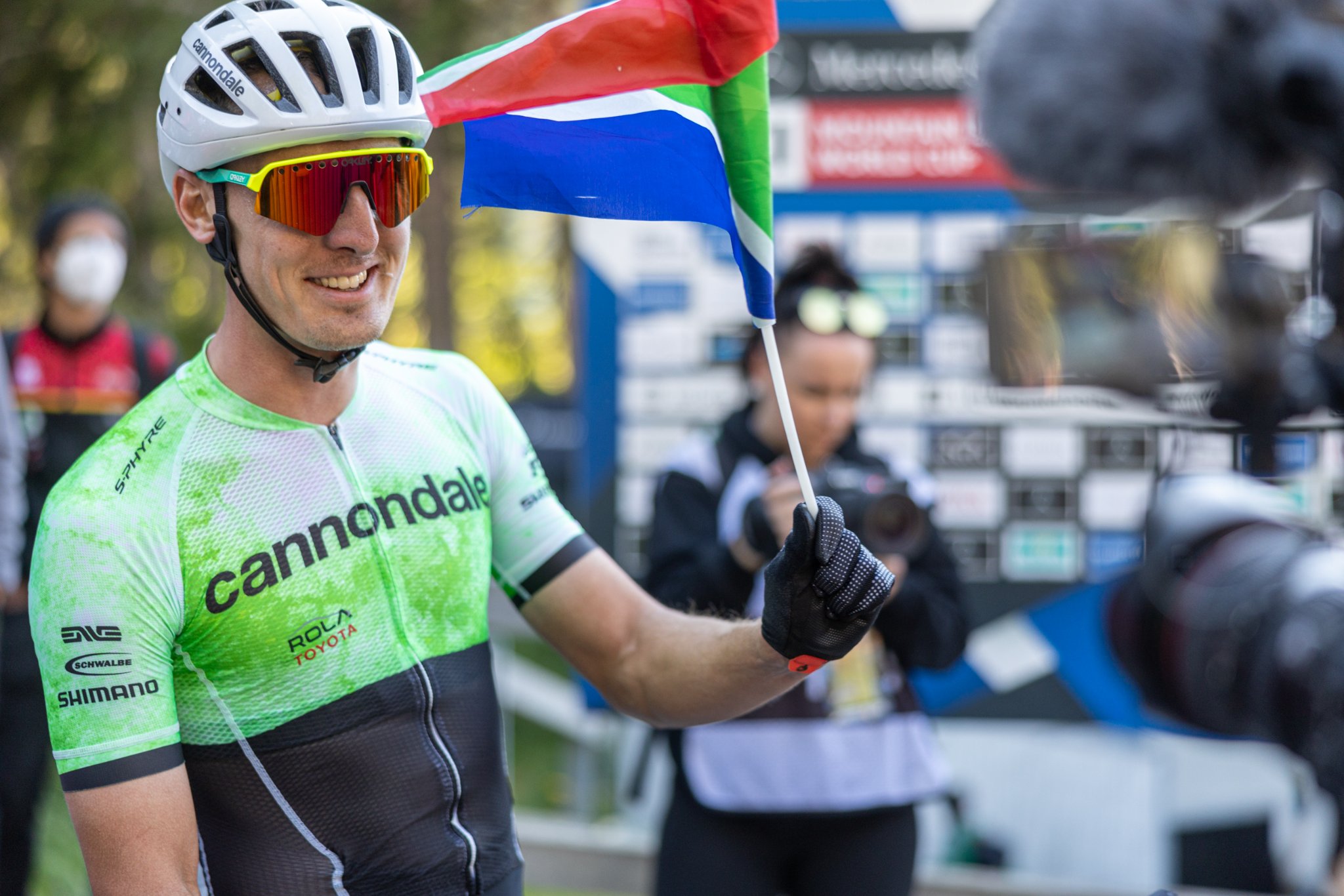South African Alan Hatherly’s 2022 season saw him rise even further and compete for the two UCI World Cup Series titles – XCO and XCC. As we all know, Cannondale Factory Racing’s star rider placed fifth in the former and won the latter. Incredible! We asked him some burning questions about his strategy, his weaknesses and his bike.
Paid partnership with Cannondale South Africa
You raced the final XCC race aggressively, asserting your dominance from the start! And it paid off. Was this a once-off tactic that caught your rivals by surprise, or do you think this could work in XCC racing podium chasing more often?
Besides the last round, I don’t feel like I fully committed to any XCC races this season. I was always playing a tactical game and waiting for my opportunity to go for it properly in the final minutes, like I did in Brazil [which he won]. At Val di Sole, where we raced the final, I knew the course really well. We raced it twice last year at the World Champs where we had a qualifier and a final on the same course. I knew how to go really fast on the course. I knew what it was like to be leading and also to be in the string. I knew that being in the string there was difficult. In order to seal the overall title, I needed to be ahead of Filippo Colombo.
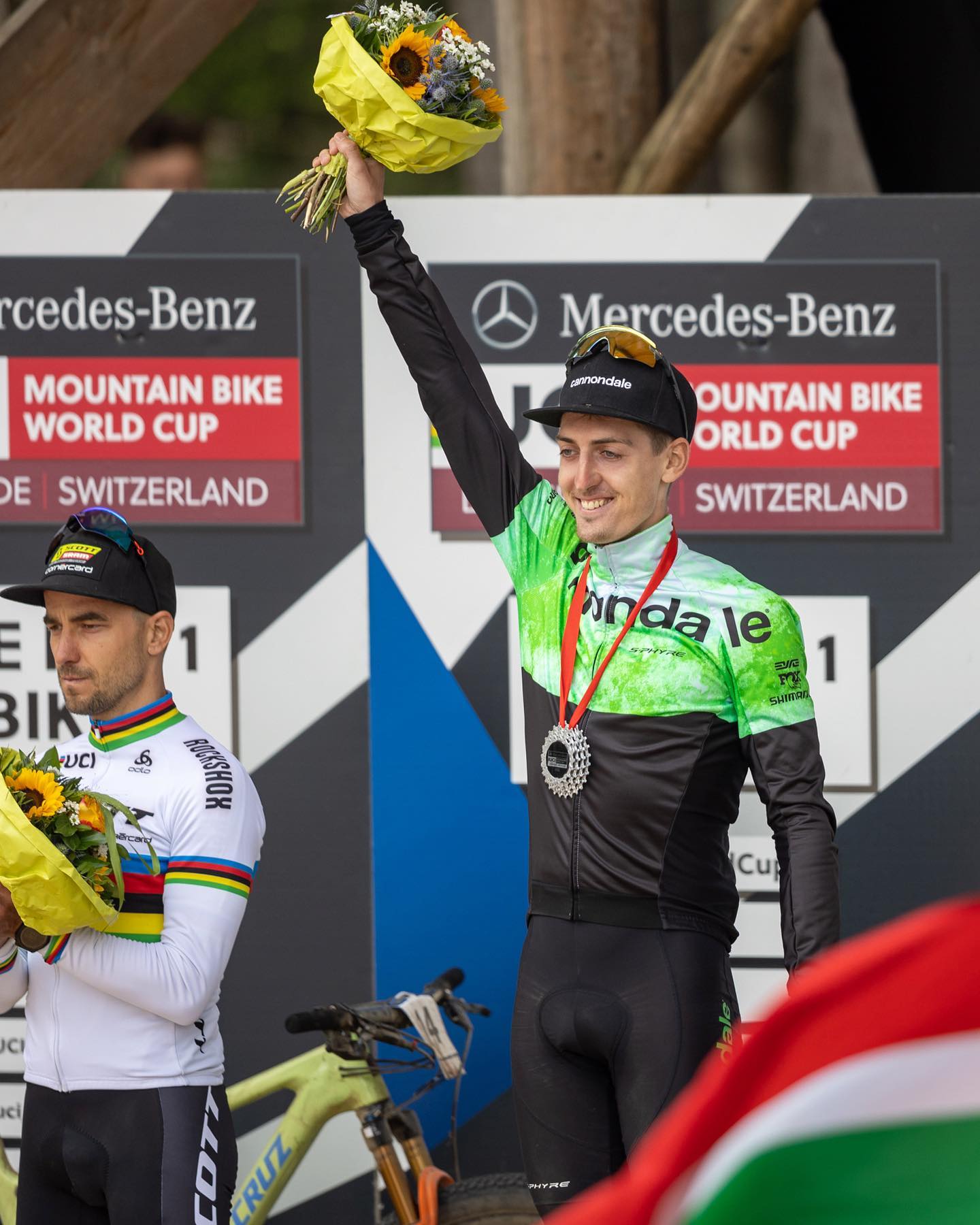
I went for it on Lap 1 and got feedback from my crew that he was quite far back. I figured that for him to get up to me was going to be really difficult if I kept the pressure on. So I just did exactly that. When you’re racing at the front and going all in like I did, you don’t have much to lose, especially if you’re in a small group like I was, with just one other, Titouan Carrod. I knew he was in really good shape and the win was probably not going to be possible because as Colombo’s teammate, he wasn’t going to share the pace-setting with me. I just had to settle. I really enjoyed that approach and I honestly think it can work only on a few courses. A lot of the courses are really wide and are raced at a much higher speed and I think for those courses it becomes really tactical and all about peak power.
It was a nice opportunity to really give it a go. If it lines up with any of the new courses that are coming next year, it will be worth trying something like that again.
At what point did you decide to focus on winning the XCC Series title?
I would say straight away, after winning Round 1 in Brazil. I actually didn’t really know there was a stand-alone XCC Series this year until Brazil. I think UCI only finalised it really late and were still finalising how the points would work in the week leading up to Brazil.
Obviously taking the win in the first round really gave me the confidence and made the decision easy to go for the XCC Series title overall this year. The decision was easy, but winning it wasn’t! I think XCC can be a bit of luck in a way. If you get boxed in or don’t race quite as aggressively as you should, you lose a lot of positions and it’s hard to get a podium spot from further back in the field.
I was really happy to have a smooth run. I think the biggest surprise was to deliver at the Andorra XCC where I finished second. That was really a rough week where I was really sick and wasn’t quite sure what was going on. The week afterwards tests confirmed I had Covid. But that result was a big moment and for sure helped me seal the overall.
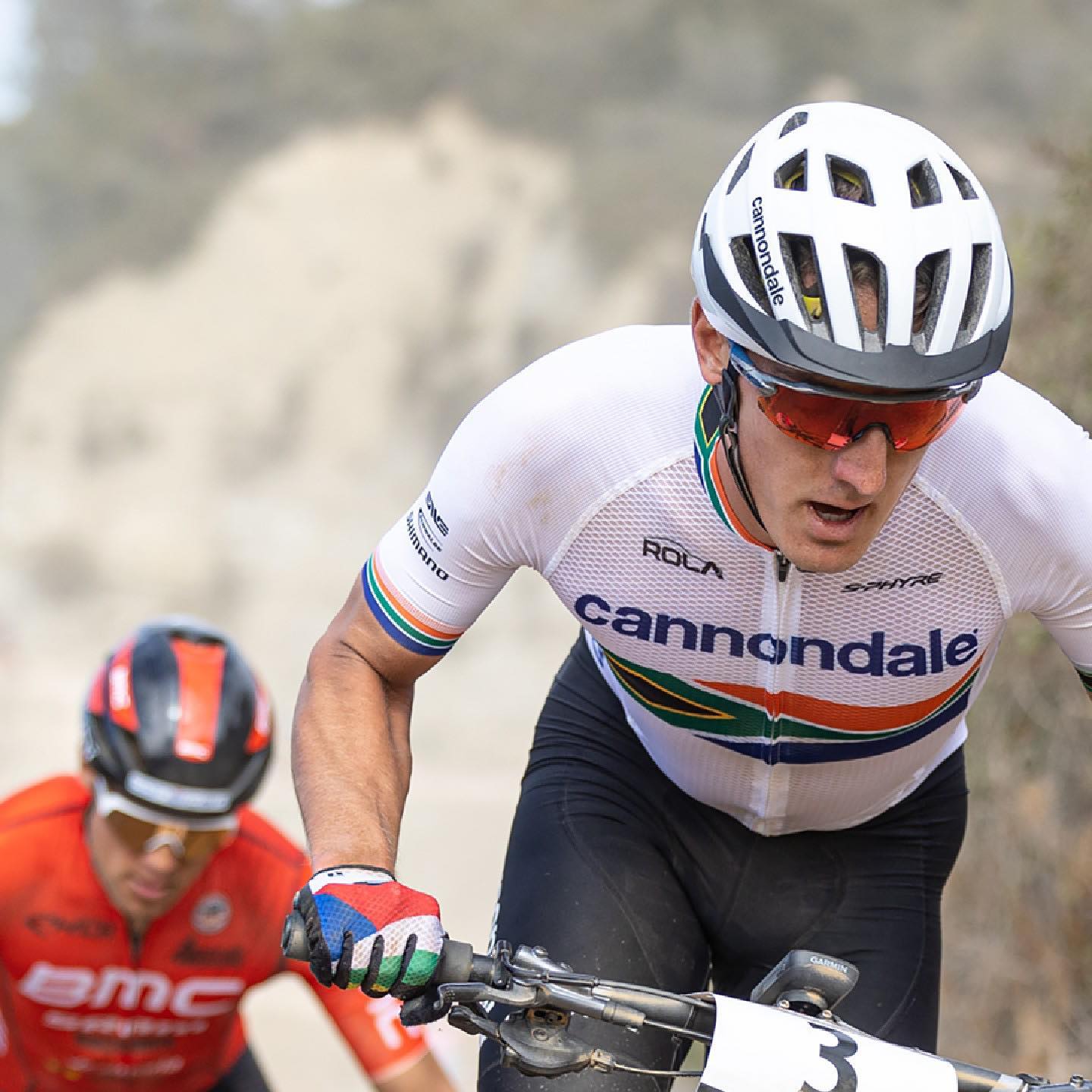
Do you feel that a huge effort at the XCC negatively affects you ahead of the XCO a day and a half later?
For sure, the XCC takes a lot out of you. It’s an on-off effort for 20 minutes, it’s not continuous. If it was 20 minutes of sustained power it would be a completely different race. We all have high thresholds and can hold high power for a long time but the fact that it’s on-off and quite a peak-trough type of race where you are touching at least 1000 Watts every single lap, it takes a lot out of the legs and to recover from that is quite a balance, which I think my team helps me do really well.
For the XCC Series final, it was the most taxing for me based on how I rode it. Normally it is peak-trough but with me taking the reins from the start and charging on all the recovery spots – I was still punching really hard when I would normally be recovering – it did empty me more than normal. It definitely killed my legs and affected my heart rate for the XCO on the Sunday but the objective was to go for that XCC overall and not give it away going into the off-season wondering what could have been.
I went into the XCO final round with the same approach, but obviously it just didn’t play out. My body was tired, it was a long season and the Val di Sole course was extremely rough – way more than I have ever experienced it before and it took its toll on my whole body, even my arms were taking shots.

You have now won the inaugural XCC Series title, will you consider defending it in 2023 or will you focus more on the XCO Series?
Defending the XCC Series title will be a goal for sure. I’m always aiming for consistency at all the events I really, whether it’s XCC or XCO. It think if I’m able to be consistent like I have the past two seasons, I’m always going to be in with a shot at the overall series title. I think it’s going to be a really big focus for next season – to be consistent and finishing high up. Coming fifth in the XCO Series this year has made me even more hungry for next year. With one race to go I was in the hunt for second, with a few of us separated by just a few points. The final XCO round didn’t go perfectly for me and I had to settle for fifth in the overall. But for sure next year I’ll aim for a top three in the XCO series at least.
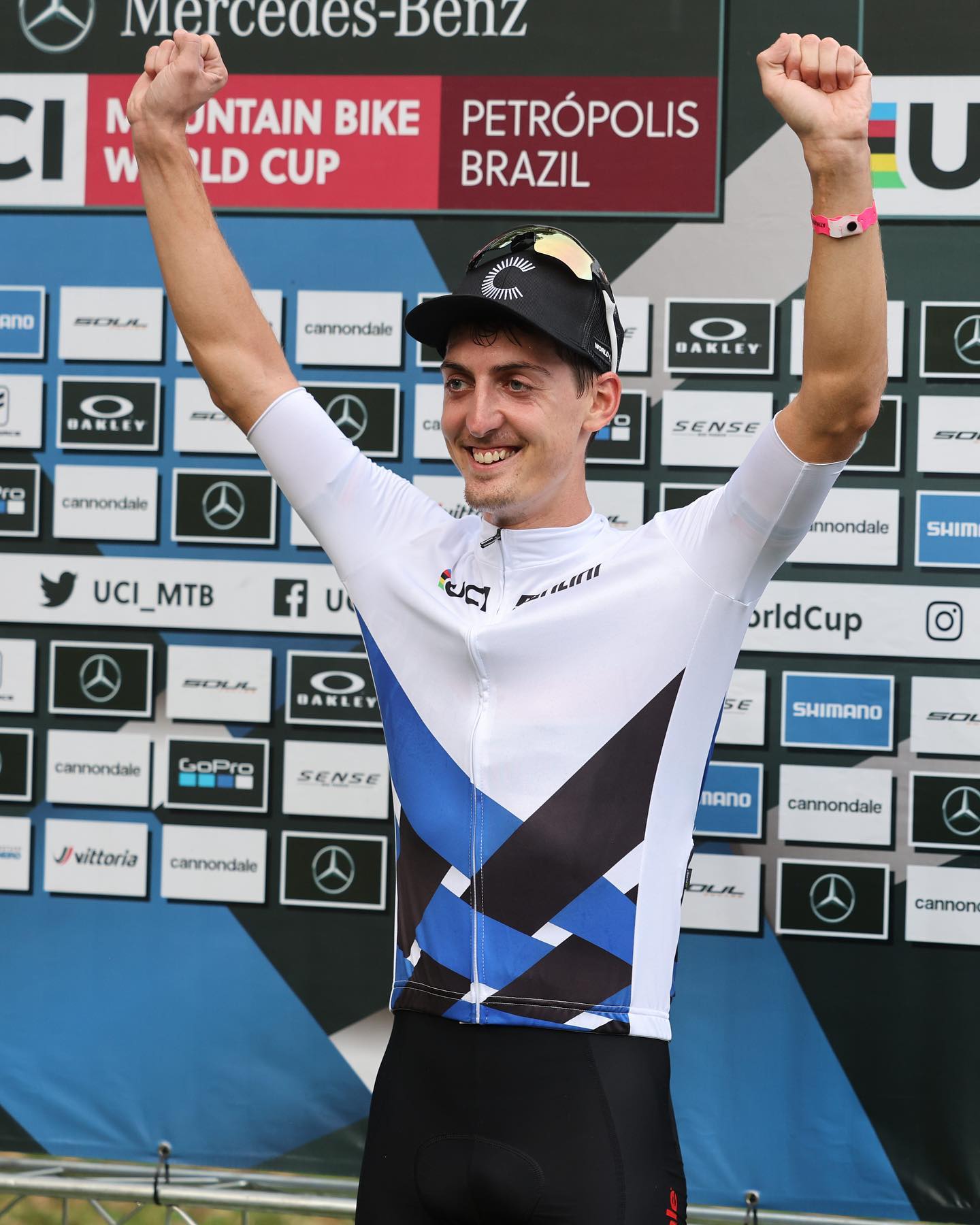
Following this season, what do you feel are weaknesses that you will work on for next season?
It’s a difficult one to be honest. Once you start mingling in the front it’s nothing easy to pin-point. It’s marginal improvements that could be found. I need a proper off-season now just to reset and think of a few things clearly that I can improve. Right now though, I feel I can throw more high altitude camps in. It think that really built my engine in the right way and adapting to altitude is key for the World Cup season. A lot of the events are at a high or moderate altitude and it helps to be adjusted. I only did one altitude camp this year, but it really helped I feel. I’ll do more next season. I won’t make any big changes, but one or two small tweaks is probably all I need.
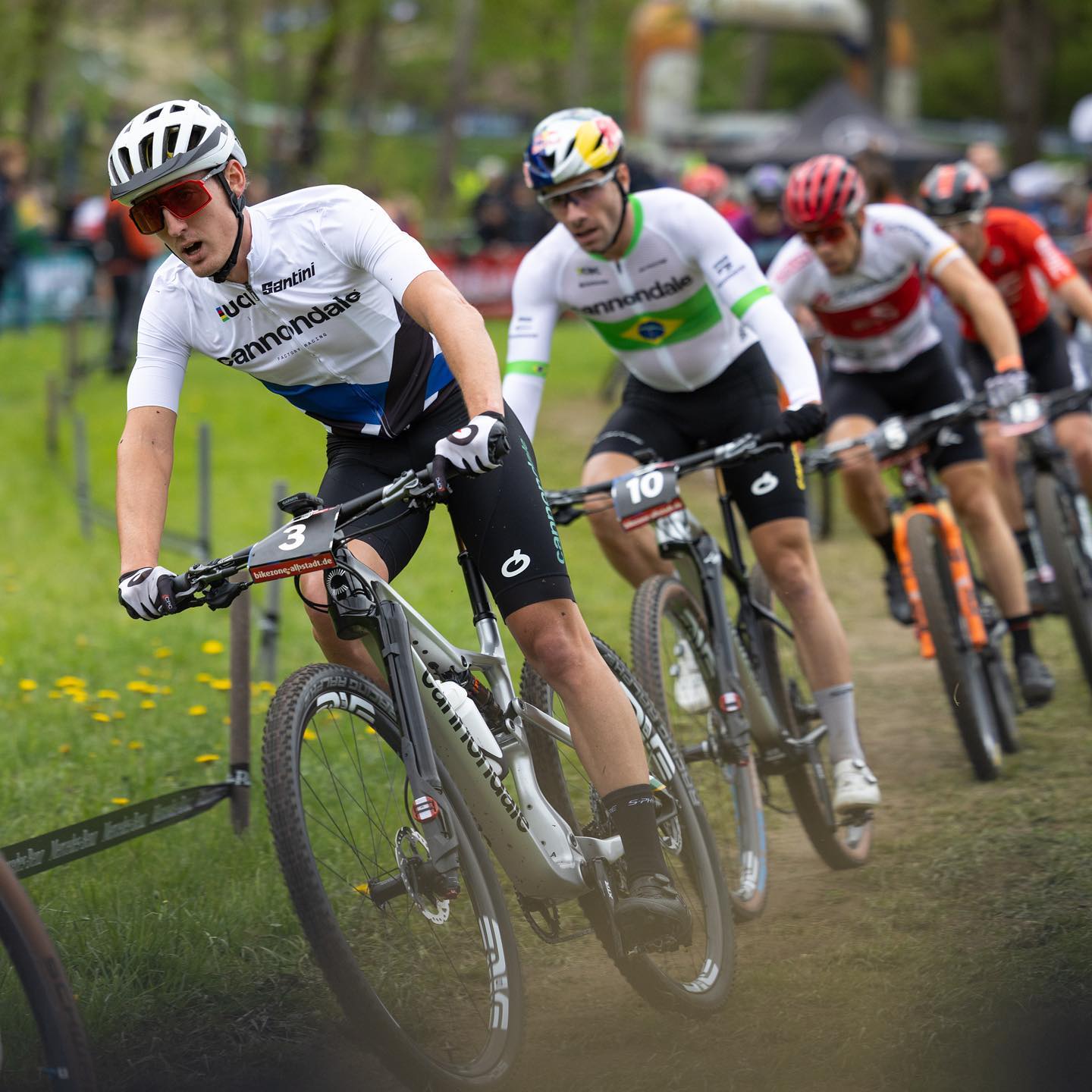
Do you have any customised components on your Cannondale Scalpel?
It’s all standard. Everything that you buy in the store is on our bikes. We do have the opportunity to mix and match. The only mix and match on my bike is my suspension. I have got a 120mm fork and 100mm rear shock. The rest is all standard components. The only thing custom for us this season is our chainrings. We have 40-tooth chainrings. It’s a ratio that I really enjoy and it’s worked for the courses that obviously aren’t steep and have quite a bit of flow. Most teams actually have fairly standard bikes and components these days.
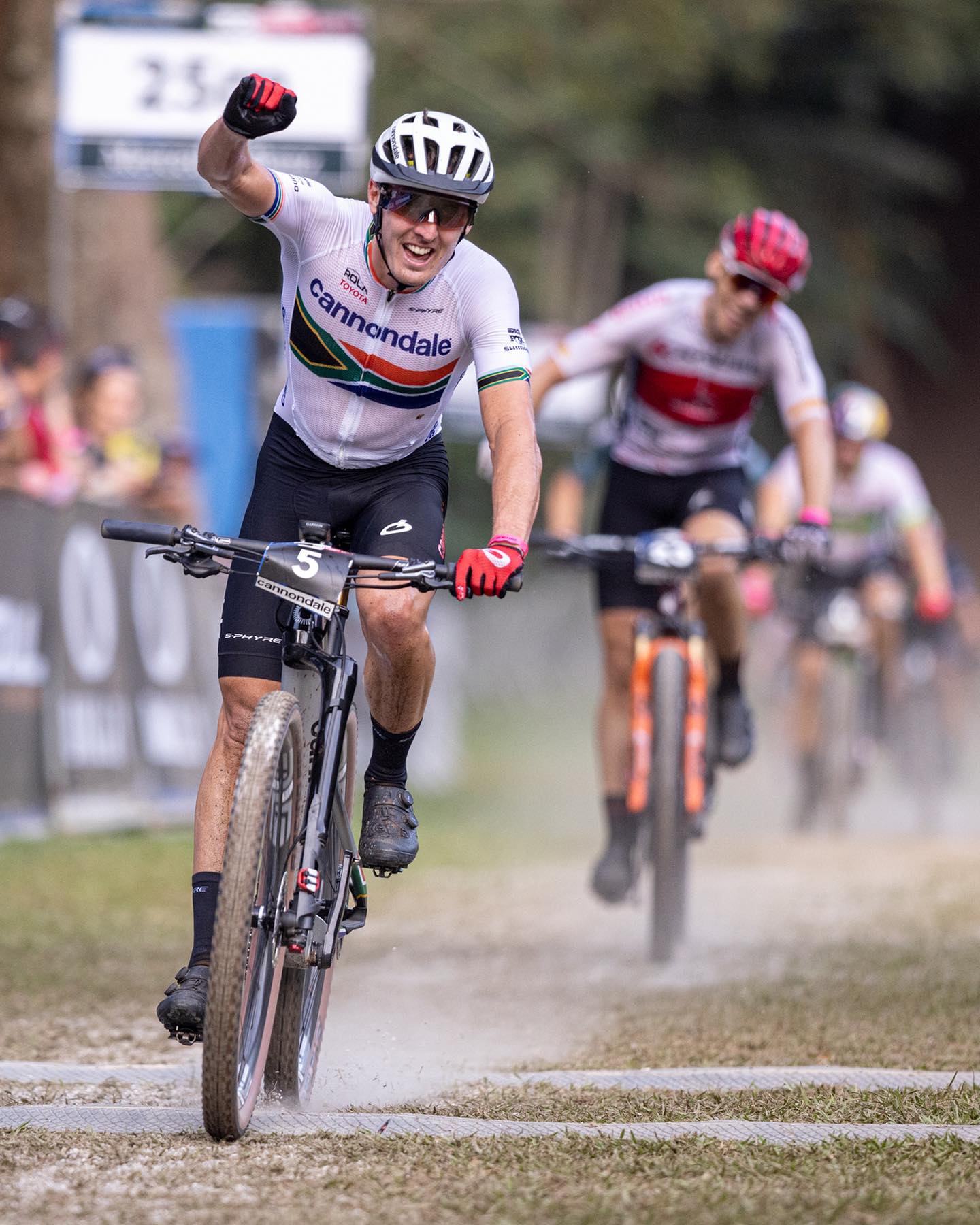
What is your normal gearing and do you change if for races with more climbing?
My go-to gearing would be a 38 chainring and a 10-51 cassette. We change it around a bit for a few races. But the majority of the season I use a 38. I raced Lenzerheide on a 40 and Leogang on a 34, as it’s really steep in places. I raced Val di Sole on a 36. For XXC it is between a 38 and a 40 all season. We change the gearing to suit the course and if it’s really muddy, we gear down so we can stay on top of the cadence. Over-gearing slows you down, so finding the perfect balance is important and the 38 seems to be the most ideal for most courses.
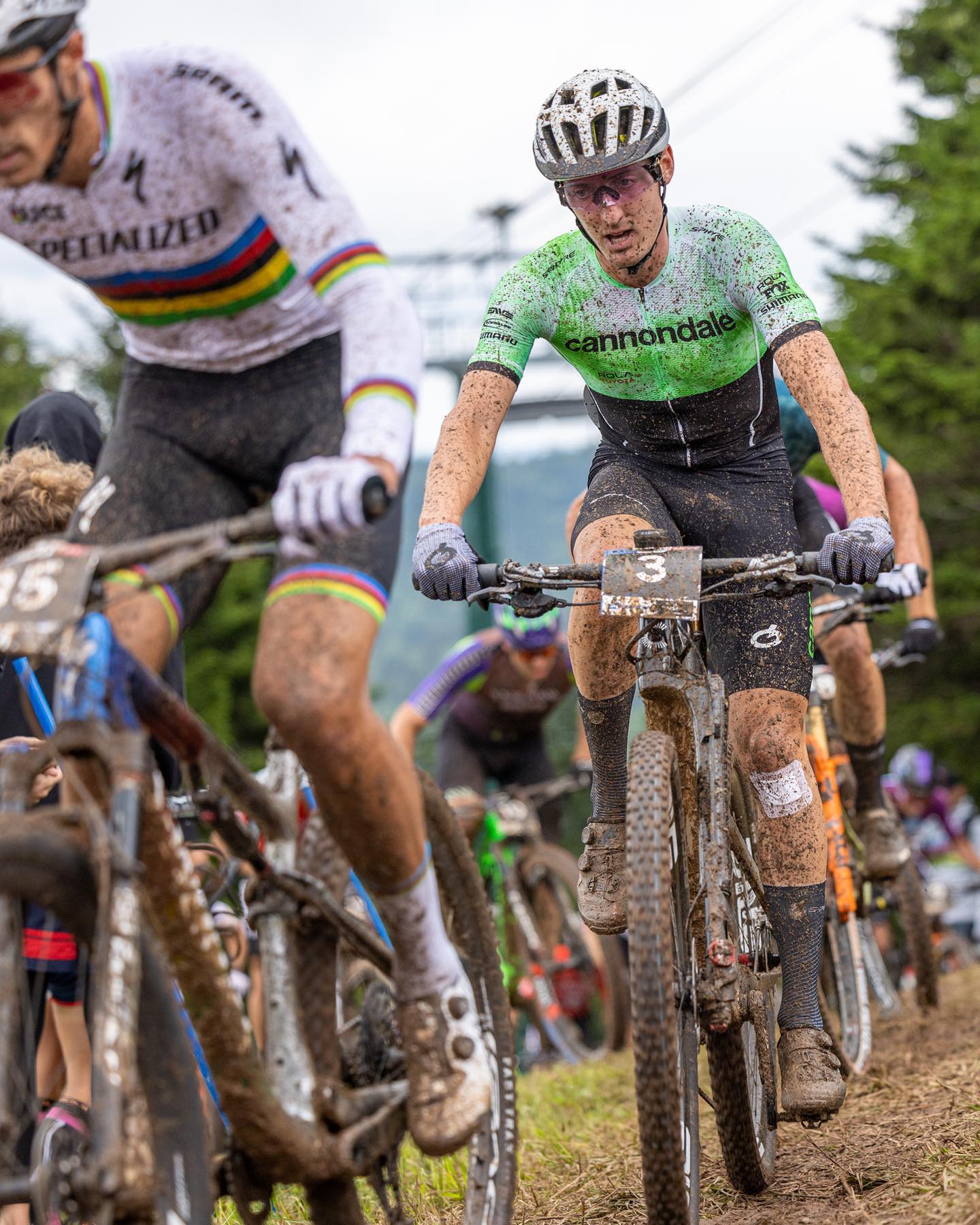
What tyres do you use and do you change them for wet conditions?
We use Schwalbe tyres and my go-to is a Racing Ralph 2.35 for dry conditions. For muddy conditions I fit Racing Ray 2.25. Both are tanwall. On the rear, for the dry, I mix it up with a Thunder Burt 2.35 for the dry and for XCC. For me it’s really about learning a tyre and it’s limits and getting used to how it feels. I think when you change tyres a lot it gets really difficult to gauge grip level. With these tyres I know the grip is there and I don’t have to think about it. I know rolling resistance and tread patterns are always a thing, but being able to put the watts down and be able to recover on the descents is something we really focussed on a lot this year, which is why I was over-gripped in quite a few cases, but I was able to stand whenever I wanted and descend how I wanted to because of the reliable traction.
Find out more about the Cannondale Scalpel SI here:


